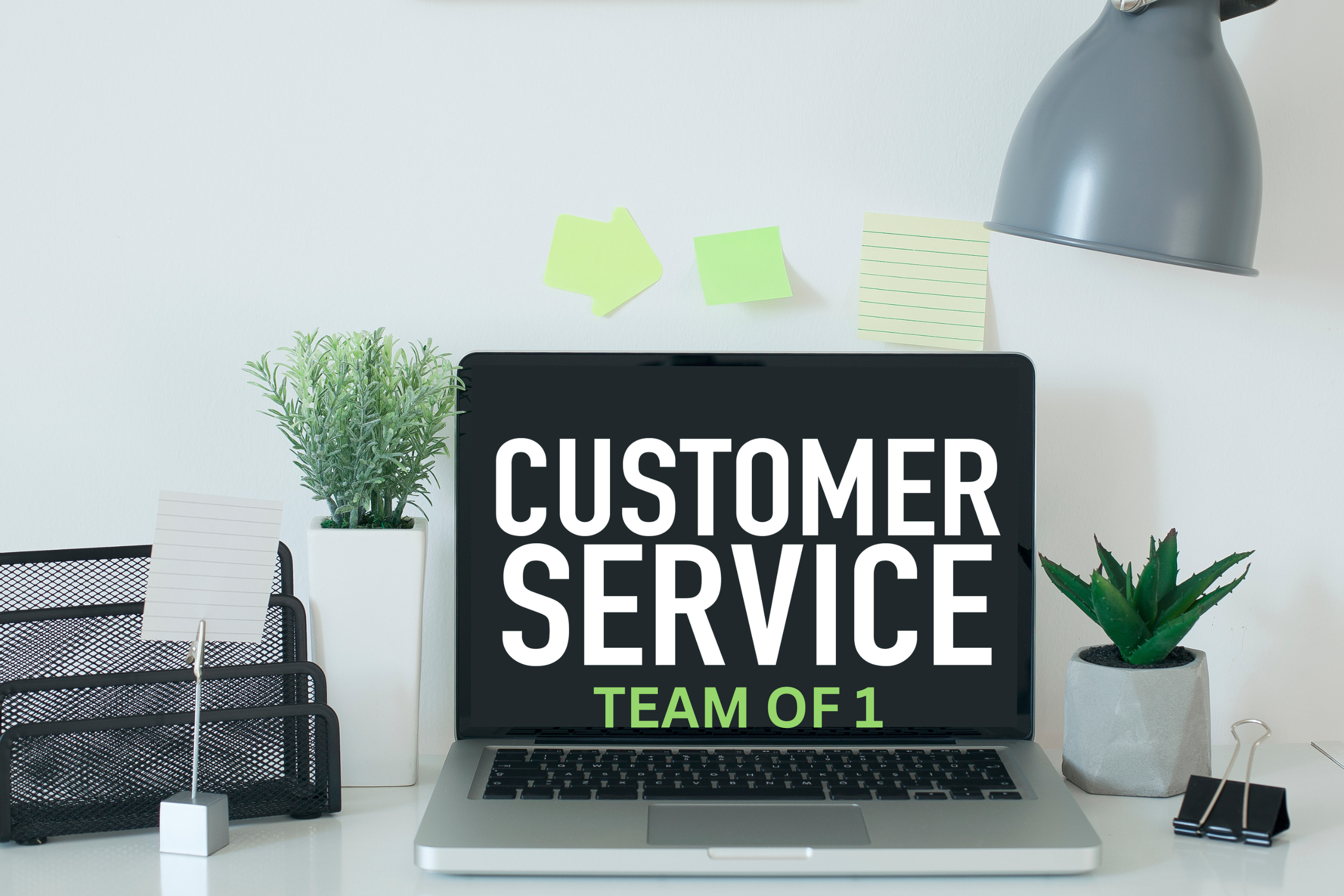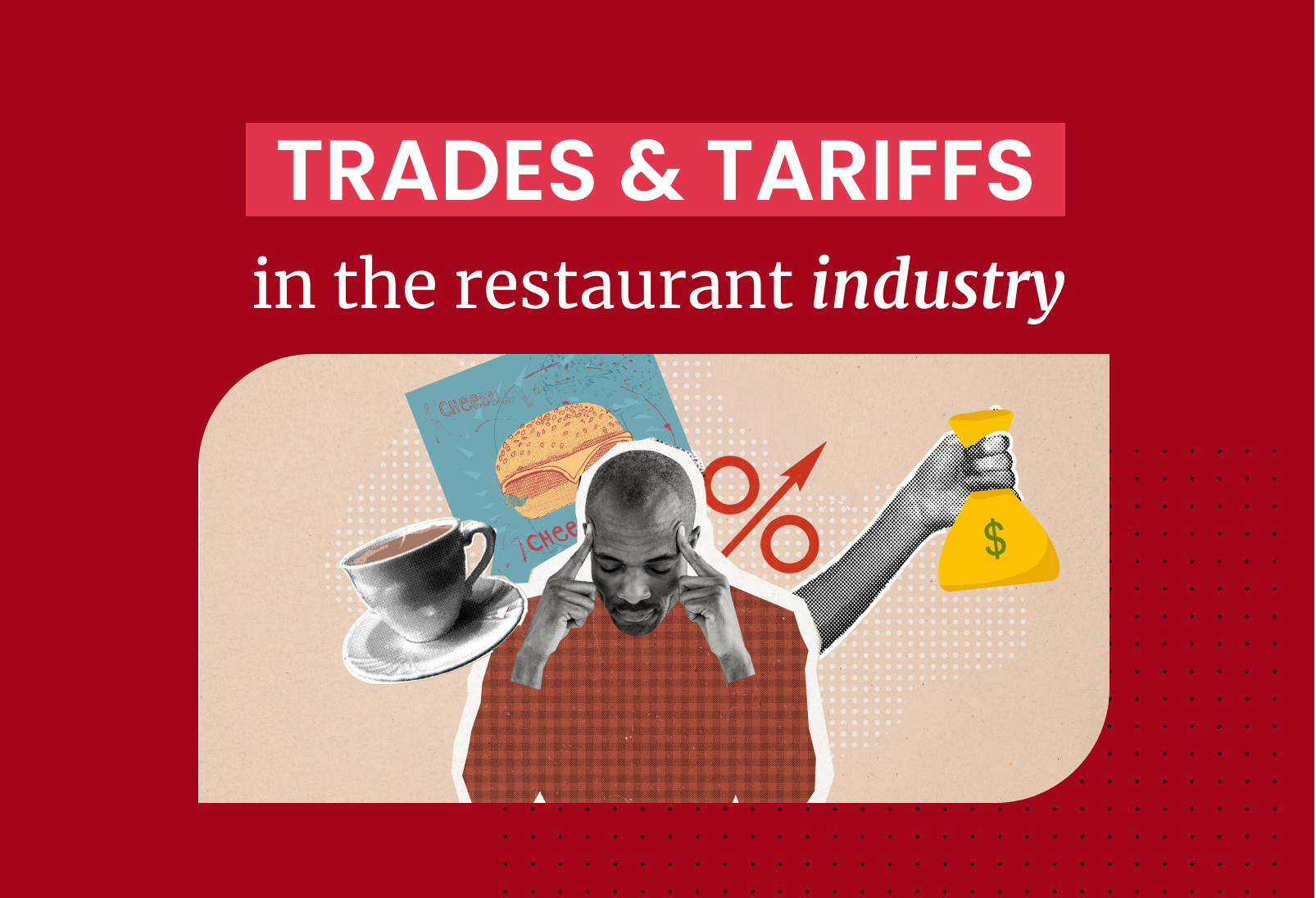How to Create a 1-Page Marketing Growth Strategy
- November 8, 2022
- 8 minutes read

Most business owners are way too busy to create a complicated marketing plan, so we’re sharing how to write a one-page marketing growth strategy just as powerful as its lengthier counterparts. Small business owners often tell us they need to do more marketing, but it feels like a scattered effort with mysterious results. Let us help you clear the way to a kick*$%# plan! Creating a growth marketing plan, in particular, means carefully organizing your efforts toward acquiring new customers, retaining them, and generating more revenue over time. Unlike more general marketing strategies, a growth strategy covers the entire lifetime of the customer. That’s right; you plan a journey with your customers that lasts a lifetime and offers them what they need at every stage.
Instead of investing loads of time and money into a complicated marketing plan, learn how to write and implement a one-page marketing growth strategy. We suggest printing this article out and using it for your plan.
Create a S.M.A.R.T. Marketing Growth Strategy
Before you begin writing your one-page strategy, commit to writing S.M.A.R.T. goals. That means that your goals should be:
- Specific
- Measurable
- Attainable
- Relevant
- Time-bound
As you write each of your goals, make sure the goal has all five of these characteristics. For example, the goal of increasing subscribers to your email newsletter needs to be more specific. A S.M.A.R.T. version of this goal is to “Gain 100 new email newsletter subscribers in Quarter 1.” This technique helps you to write effective goals and gets you striving to hit a target.

Follow the Five Stages
Now for the fun part–creating your one-page growth marketing strategy! The main framework of the plan is the five stages of marketing growth strategy:
- Awareness
- Acquisition
- Purchase
- Retention
- Revenue
Stage 1: Awareness
Awareness is the first section of your growth marketing strategy and the first stage of your customer’s journey with you. For your future customer, this stage involves becoming aware of your business and the solution you offer to their particular pain points.
How can your customers find you?
Below are some key methods to increase awareness and attract new customers. Only try to implement some of them, and choose the best channels that suit your business needs and resources. Make each a S.M.A.R.T. goal by planning the frequency, when you’ll start, and a goal with a specific time frame. Fill out the outcome at the end of the period to see how it worked!
Plan methods to increase awareness of your business, products, or services:


Stage 2: Lead Acquisition
“Acquisition” sounds fancy, but it simply means acquiring more prospective customers or “leads.” A lead is someone that has shown interest in your product or service. The second section of your one-page plan primarily focuses on ways to change visitors into leads. First, let’s look at what shows someone has become interested in your company; choose some of the indicators below and create materials for them. For example, if you select “Subscribes to receive emails,” you might create a monthly emailed newsletter and promote that newsletter in your store or on social media.
Additionally, write calls-to-action (CTA) for each indicator that will live in your marketing piece (often a button with a link). Remember that you’re trying to guide visitors toward taking the next step, so always give them a CTA moving them to take an indicating action. Include a CTA on emails, webpages, social media, and other marketing materials. We can’t say this enough, “Don’t forget the CTA”!
Plan ways to guide visitors to become “leads” interested in your business:


Stage 3: Purchase
Once someone has become a lead, It’s time to prepare them to make a purchase. In this stage of the customer lifecycle, you’ll plan ways to create the ‘aha’ moment when they realize your product’s value. In this step, ask yourself: What are ways to get your customers to the ‘aha’ moment? Think of engaging ways to introduce them to the benefits of your products and how it will solve their pain points.
What are ways to get your customers to the ‘aha’ moment?
This stage is about education and persuasion. With so much information available online, most prospective customers will research your company and alternatives before they ever have a demo or consultation. That’s why this stage of your plan focuses on giving consumers enough information to purchase confidently. Research indicates that over 50% of buyers abandon their purchase because of a lack of information about the product, service, or delivery. Don’t fall into this trap–educate your prospects!
There are so many excellent ways to educate your leads. Choose several methods below–the more you use, the better, so people have options to learn from different materials Additionally, make these educational assets available online whenever possible. As someone researches, imagine this is your opportunity to sell to them. Another key question to ask yourself is ‘What do your tell prospects when you’re trying to sell to them?’ If your sales team conveys certain information and value propositions, find a way to include them.
Promotions and offers aimed at helping a customer over the purchase finish line are helpful at this stage. A discount or “buy one get one free” promotion will incentivize more people to buy. Or consider offering free shipping. In fact, 73% of people are more likely to make a purchase if it includes free shipping. Many retailers increase the sales price to include the shipping fee. Discounts can make sense when you consider the lifetime value of a customer, but for some businesses, a discount would make your profit margin too small. So use discounts wisely!
The following list of ways to nurture and educate leads is not exhaustive, so discover the best ways to inform and persuade people about your products or services.
Plan ways to nurture and educate leads:

Stage 4: Retention
Customers are the driving force of any business. But loyal customers are golden. A customer who repeats their purchases will bring you much more revenue and possibly more customers. When figuring out the parts of your retention strategy, ask yourself: How many customers are you currently retaining? Why are you losing the others? These questions will help you plan how to keep customers returning and developing loyalty to your company. The payoff for a good retention strategy is enormous! If your plan helps you keep just 10% more of your customers, you will double your revenue!
How many customers are you currently retaining? Why are you losing the others?
Now that you’re excited about retention strategies, I can tell you that investing in excellent customer service is a powerful method to retain customers. But for a small business, the customer service department might be YOU! Apart from trying to give great customer support, you can also set up a knowledge center on your website with articles and videos to help new customers learn to use your product. Or create a series of reusable emails that will help onboard new customers.
Of course, there is more to retention than customer support. Rewarding loyal customers goes a long way in building a relationship. Find your own unique ways to make a long-term relationship with customers. For example, you might send personalized emails to wish your customers a happy birthday. Consider offering a discount on these occasions. They will feel appreciated and be inspired to come back and purchase more.

Referral strategies are an integral part of customer retention. The referral step is about asking yourself:
How do you turn your customers into advocates?
For example, you can create a referral program that includes giving discounts to customers who recommended your products to a friend. This referral program is a great way to promote your products and get new customers without spending money on marketing.
Choose a few customer retention strategies to implement:

Stage 5: Revenue
The last stage in this framework is the revenue stage. Or, ask yourself: How can you increase revenue? In this stage, focus on enhancing customers’ lifetime value. The golden rule says to triple the customer value against the acquisition costs. You might even consider increasing your prices. Whatever you choose, email is a very effective and inexpensive way to promote any of the revenue strategies below.
Outline your next revenue-increasing strategies:

Final Thoughts
If implemented consistently, a marketing growth plan will generate more revenue while saving you time and effort. A marketing growth strategy is a step further from general marketing techniques, as it focuses on the whole lifespan of the customer instead of only on the acquisition process. Remember that you can print this article and use it to create your comprehensive one-page marketing growth plan.
If you’re wondering who we are, we’re Promenade! Promenade is an ecommerce platform for local, small businesses. From flowers and food to liquor and butcheries, we provide online ordering and delivery, social media and email marketing services, and back-office management. For more helpful tips for your business growth, head over to getpromenade.com!



